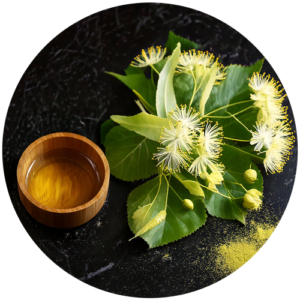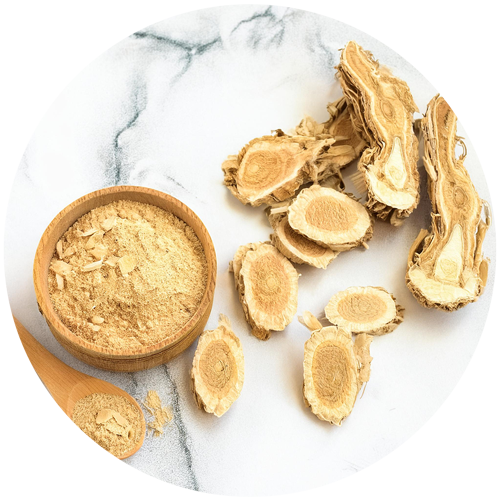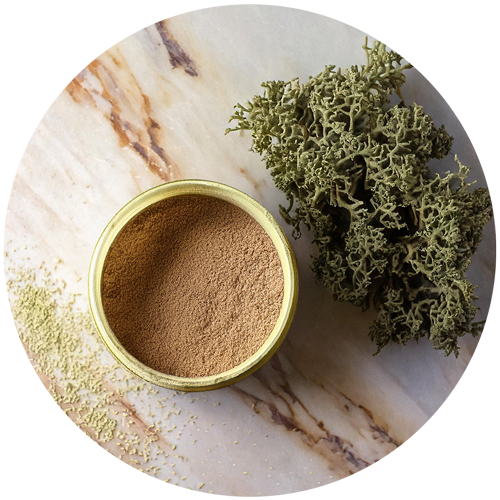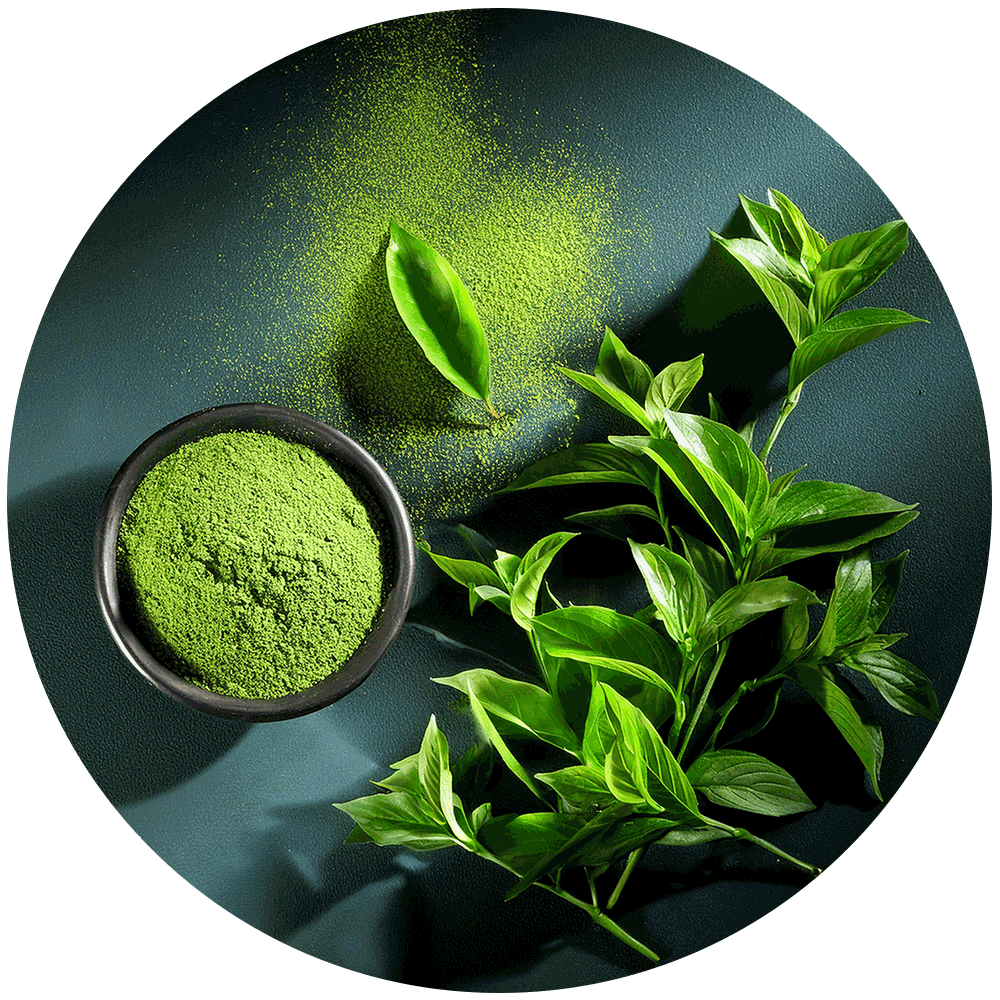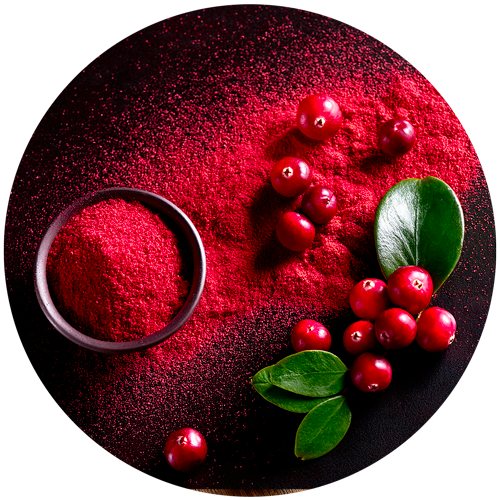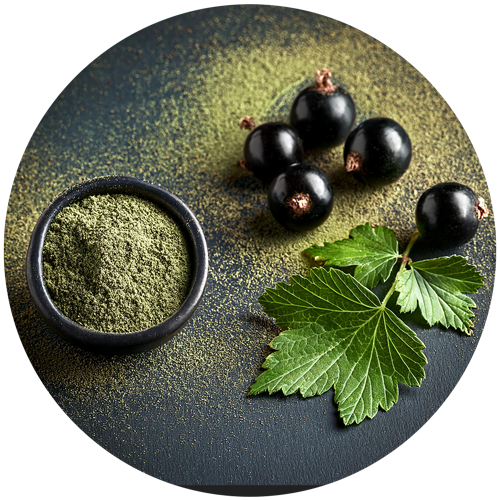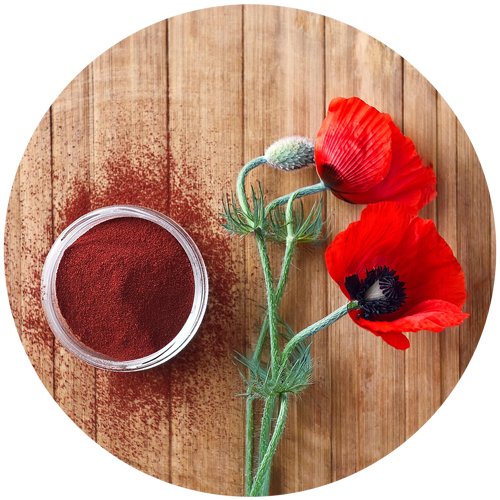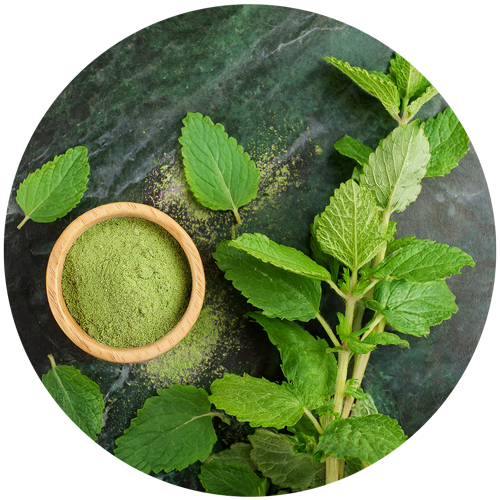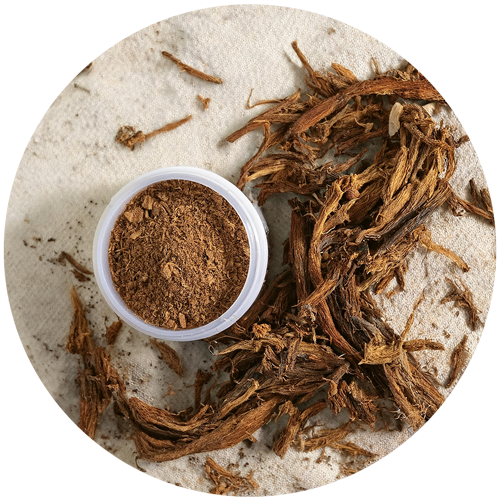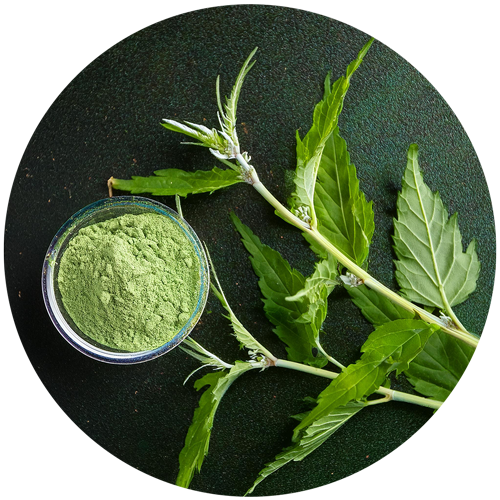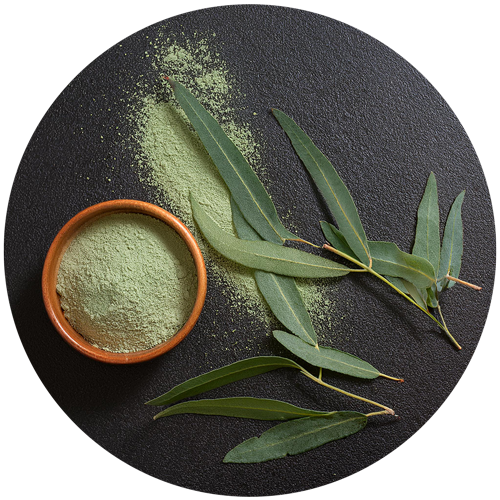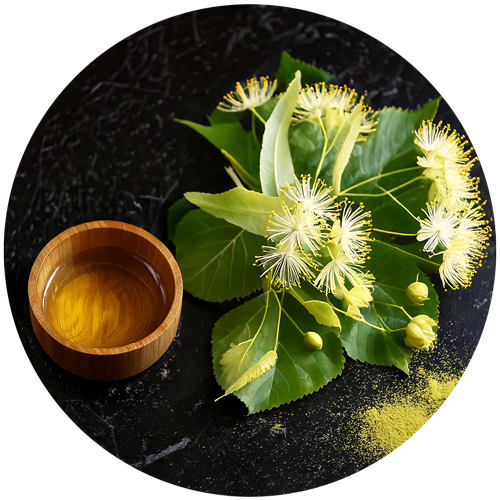

LINDEN
Tilia platyphyllos Scopoli Upper airways
Upper airways  Sleep
Sleep  Renal function
Renal function  Anti-stress
Anti-stress The linden flowers, Tilia spp., from a tree in the Malvaceae family, are traditionally used in Europe and Asia for their aromas. The linden flowers contain flavonoids and volatile oils, which are said to have relaxing and soothing properties. Linden is also said to act on the nervous system, contributing to general well-being.
Regulations
and analysis
Identification : TLC
Data on traditional use
Cahier de l’agence du médicament (France) :
-
Traditionally used to facilitate the body’s elimination functions.
-
Traditionally used to promote bile elimination and aid digestion
-
Traditionally used to reduce nervousness in adults and children, particularly for sleep disorders.
-
Traditionally used to promote renal elimination of water
EMA monograph :
- Traditionally used for the respiratory tract and mild mental stress
Canadian monograph :
-
Traditionally used as a calming agent to help relieve nervousness and agitation.
-
Used to soothe the respiratory tract
Association ideas by health benefice
Select one or more axes:
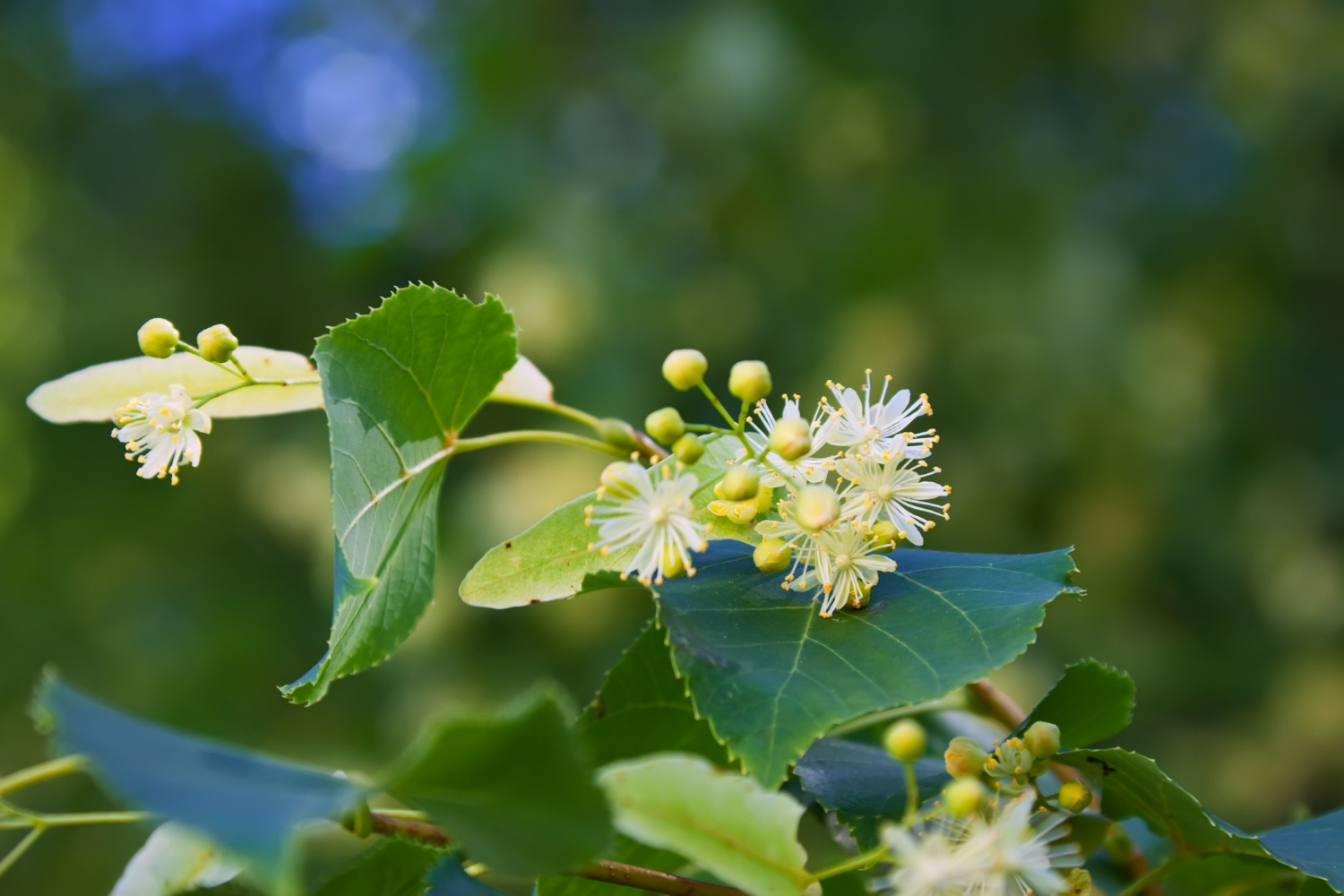
Detailed description
The lime tree Tilia spp. is a majestic member of the Malvaceae family, prized for its delicate, fragrant flowers. Native to the temperate regions of Europe and Asia, it is now widely cultivated for medicinal and aromatic purposes.
Linden flowers are traditionally used for their relaxing and soothing properties. In particular, they are used in infusions to promote relaxation, reduce nervousness and soothe sleep disorders. They are also said to have beneficial effects on the immune system and antioxidant properties.
Phytochemical studies have revealed the presence of flavonoids such as quercetin, kaempferol and tiliroside, as well as volatile compounds such as limonene. These bioactives are recognized for their effects on the nervous system.
